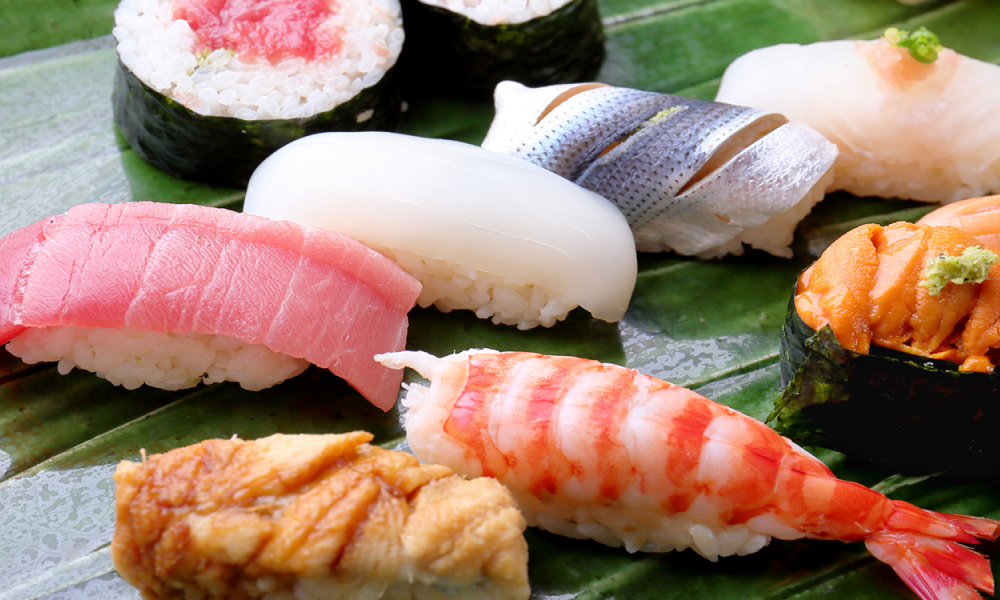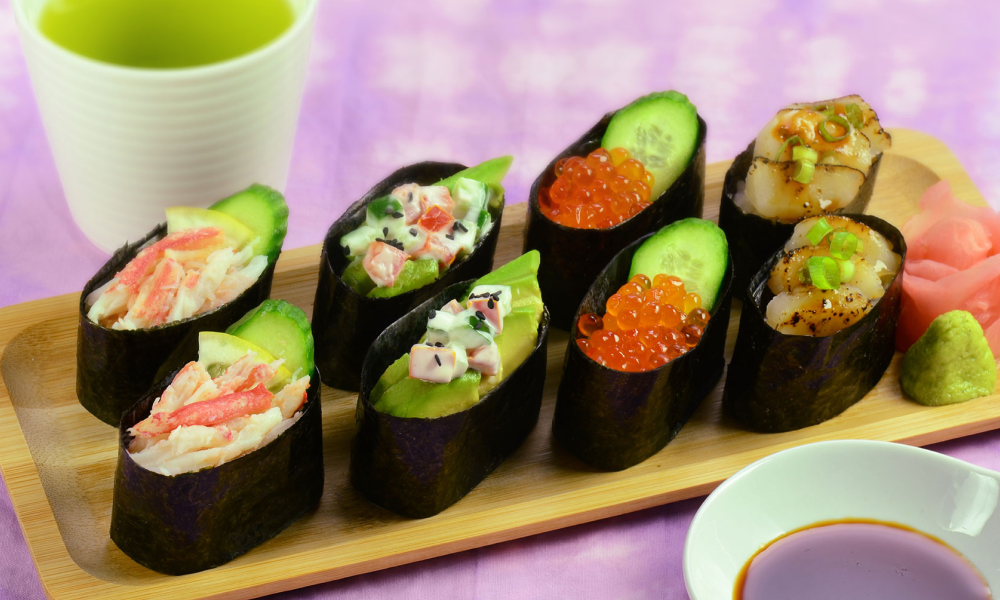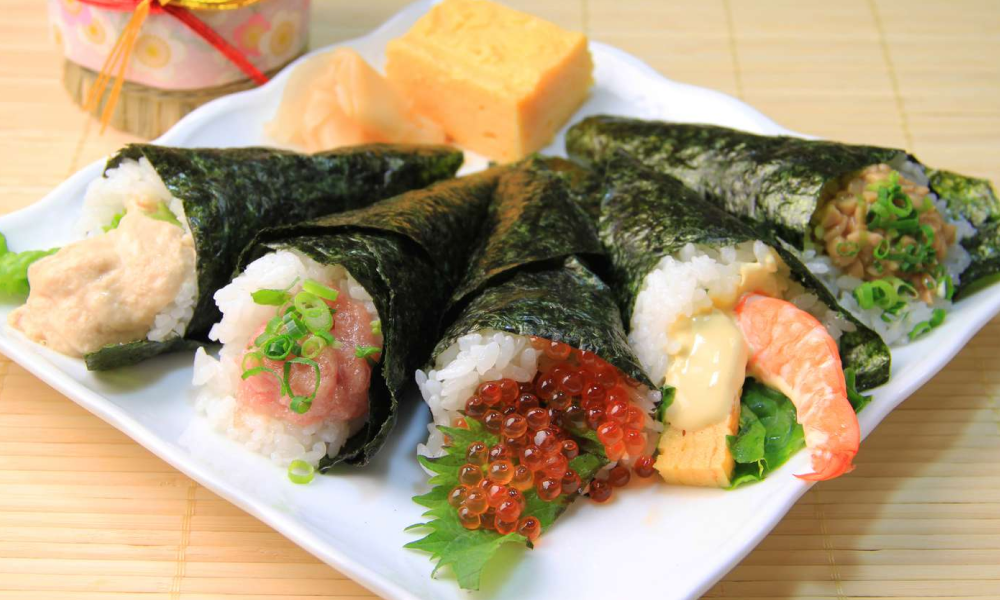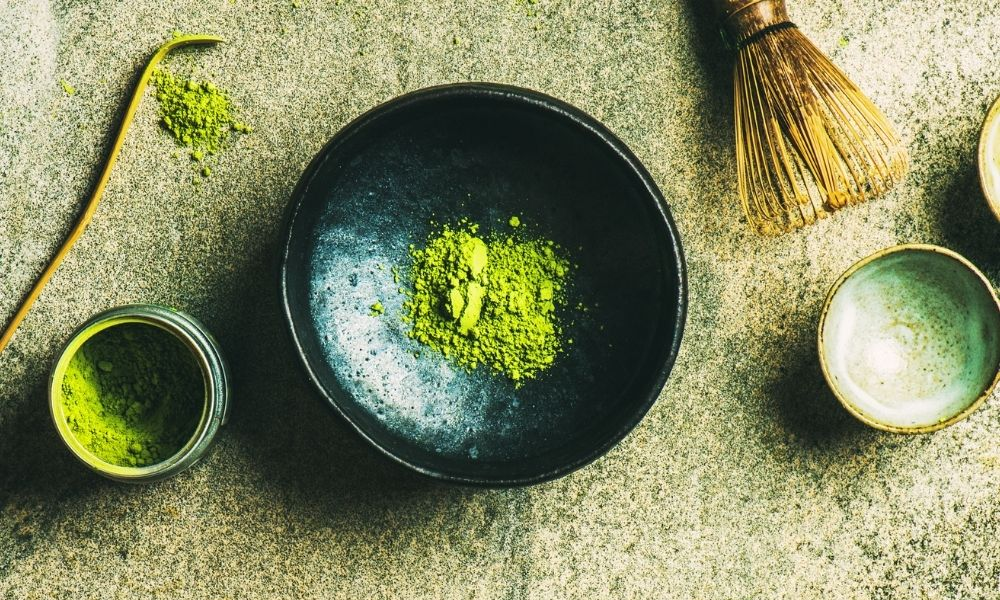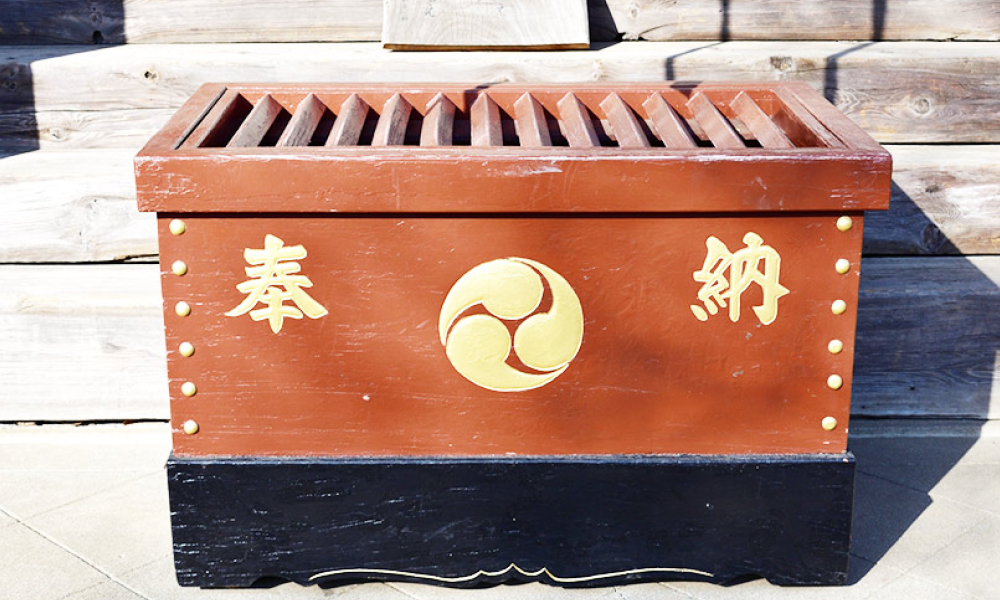People enjoy sushi, the iconic Japanese dish, worldwide. But beyond the familiar rolls and nigiri lies a world of hidden traditions, sushi secrets, and unique customs that most foreigners are unaware of. Prepare to be amazed as we dive into the fascinating world of sushi secrets the Japanese know!
The Ancient Origins of Sushi: A Quick History of Sushi
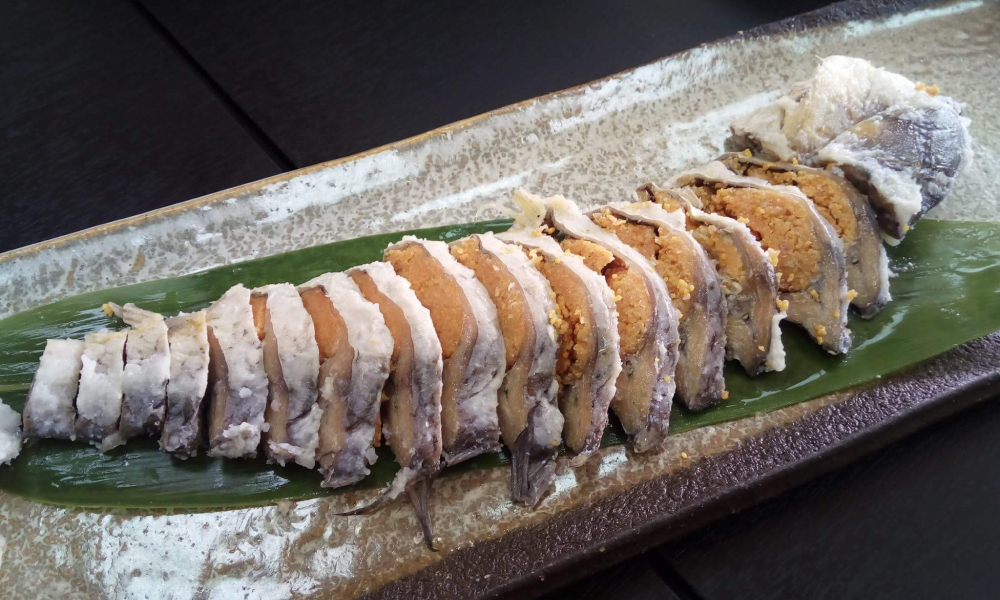
While most people associate sushi with Japan, its roots surprisingly lie in Southeast Asia. Narezushi, the ancestor of modern sushi, originated as a method of preserving fish. People fermented fish with salt and rice, a process that significantly extended its shelf life. This fermented fish, known as funazushi, still exists in Japan, primarily around Lake Biwa.
This early form of sushi bears little resemblance to the delicate flavors and artistic presentation we associate with sushi today. It was primarily a means of preserving food, with the fermented fish offering a pungent and sour taste. This practice spread to Japan, and by the Nara period (710-794 AD), the imperial court prized narezushi as a tribute.
Edomae-zushi: The Birth of Modern Sushi
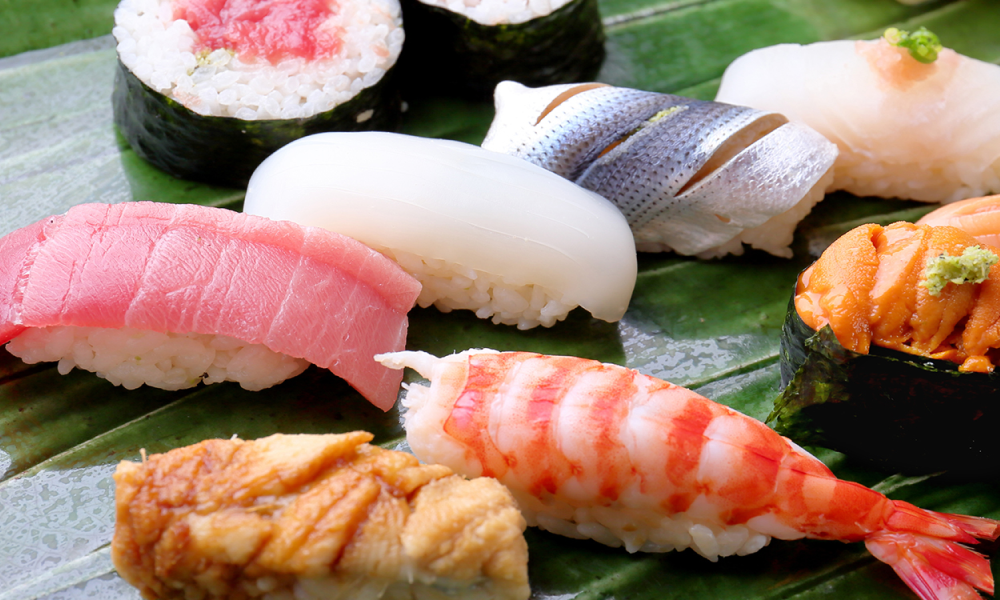
The sushi we know and love today emerged during the Edo period (1603-1868) in Edo (present-day Tokyo). Edomae-zushi, as it was called, utilized fresh fish from Edo Bay (Tokyo Bay). Instead of fermenting the fish, chefs focused on highlighting the natural flavors of the fresh catch. This marked a significant shift from preservation to culinary artistry.
The development of rice vinegar in the Edo period further accelerated this shift. Hayazushi (fast sushi) emerged, eliminating the need for fermentation and allowing for immediate consumption. Later in this period, nigiri-zushi was born, though initially much larger than today’s bite-sized pieces. The modern custom of serving two pieces of nigiri on one plate reflects a vestige of this era, when people shared larger pieces.
The Intricacies of Sushi Rice: Shari
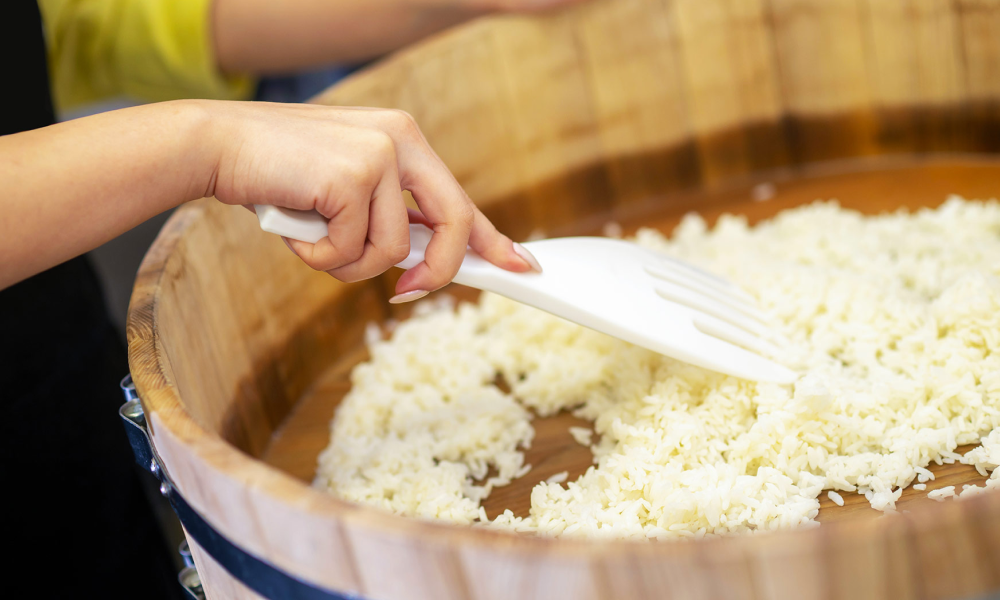
Sushi rice, or shari, isn’t just cooked rice. It combines rice, vinegar, sugar, and salt to create a unique flavor and texture that complements the fish. The term shari likely comes from busshari, which refers to the relics of Buddha. This connection stems from the white and glistening appearance of both the relics and the vinegar-infused rice.
The preparation of shari is an art form in itself. Each sushi chef has their own secret recipe and technique, passed down through generations or developed through years of experience. The temperature, consistency, and seasoning of the shari are crucial to the overall sushi experience.
Wasabi: More Than Just a Condiment
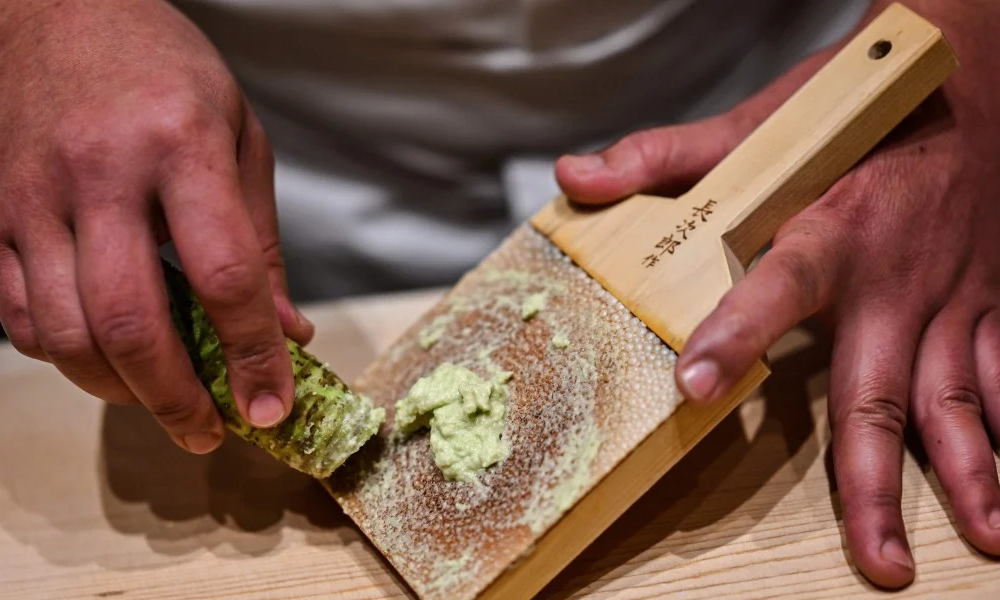
Wasabi, the green paste often served with sushi, is not just for adding a spicy kick. Historically, it played a crucial role in food safety. Wasabi’s antibacterial properties helped to prevent food poisoning, especially when consuming raw fish.
Real wasabi comes from grating the stem of the wasabi plant and offers a complex flavor profile that goes beyond just heat. It offers a refreshing and slightly sweet taste with a lingering spiciness that clears the sinuses. Unfortunately, most wasabi served outside Japan is a mixture of horseradish, mustard, and green food coloring.
The Significance of Shokunin: The Sushi Master
Sushi chefs, known as shokunin in Japanese, undergo rigorous training to perfect their craft. They dedicate years to mastering the art of sushi making, from selecting the freshest ingredients to the precise knife techniques and the delicate art of nigiri (hand-pressed sushi).
The relationship between the shokunin and the customer is an essential part of the sushi experience. Customers often sit at the sushi counter, allowing them to interact with the chef, observe their skills, and even receive personalized recommendations. You can further enhance this interaction by engaging with the chef, asking for recommendations, or sharing your preferences.
Hidden Messages in Sushi: The Language of Ingredients
Sushi is not just about taste; it also conveys symbolic meanings. For instance, ebi (shrimp) symbolizes long life due to its curved shape resembling an older person’s back. Tai (sea bream) is considered auspicious due to its red color, associated with celebrations.
These hidden meanings add another layer of cultural richness to the sushi experience, showcasing the deep connection between food and Japanese traditions.
The Etiquette of Eating Sushi: Sushi Secrets for Foreigners
While enjoying sushi, it’s essential to be mindful of Japanese etiquette. Here are a few key points to remember:
- Use your hands or chopsticks: While chopsticks are common, it’s perfectly acceptable to eat nigiri sushi with your hands.In fact, people often encourage it because it helps you better appreciate the chef’s craftsmanship and prevents the delicate sushi from falling apart.
- Dip the fish, not the rice: When using soy sauce, dip the fish side of the sushi into the sauce, not the rice. This prevents the rice from absorbing too much soy sauce and falling apart.
- Eat in one bite: Nigiri sushi is typically designed to be eaten in a single bite. This allows for the perfect balance of flavors and textures intended by the chef.
- Don’t mix wasabi in soy sauce: Although common practice outside Japan, it’s considered improper to mix wasabi into the soy sauce. If desired, place a small amount of wasabi directly on the neta.
- Respect the chef: Engage in conversation with the chef, but avoid being disruptive or making excessive demands.
Beyond the Familiar: Unique Sushi Variations
While foreigners are familiar with popular rolls like California rolls and spicy tuna rolls, Japan offers a diverse range of unique sushi creations. Gunkan-maki features a seaweed wrap with a topping like sea urchin or salmon roe. Chefs hand-roll temaki-sushi into cones filled with various ingredients.
Exploring these lesser-known variations provides a deeper understanding of the vast culinary landscape of sushi in Japan.
Sushi as a Reflection of Japanese Culture
Sushi embodies many aspects of Japanese culture, such as the emphasis on fresh, seasonal ingredients, the meticulous attention to detail, and the respect for tradition. It’s a culinary art form that has evolved over centuries, reflecting the values and aesthetics of Japanese society.
By understanding the history, traditions, and hidden meanings behind sushi, foreigners can gain a deeper appreciation for this iconic dish and its significance in Japanese culture. So, the next time you enjoy a sushi meal, remember the secrets that lie beneath the surface, and savor not just the flavors but also the cultural heritage it represents.
It’s true that many of Japan’s most exceptional sushi restaurants operate on an invitation-only basis. These hidden gems rely on trusted referrals to maintain their intimate atmosphere and dedication to quality.
For our valued VIP members, we offer an exclusive opportunity to unlock these culinary treasures. We can provide access and introductions to these secret sushi havens, allowing you to experience the pinnacle of Japanese culinary artistry.
If you’re interested in exploring these exclusive dining experiences, please subscribe to our email newsletter below.
P.S. As a native Japanese, I’ve had the pleasure of experiencing many of these incredible sushi establishments firsthand. It’s truly a privilege to share these sushi secrets and restaurants with our VIP members, granting them access to a world of culinary excellence that few get to experience.



